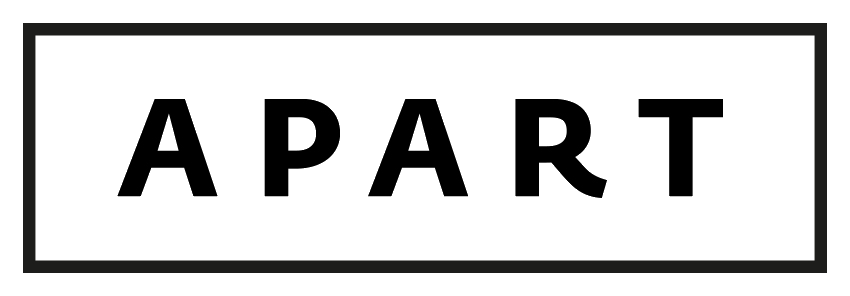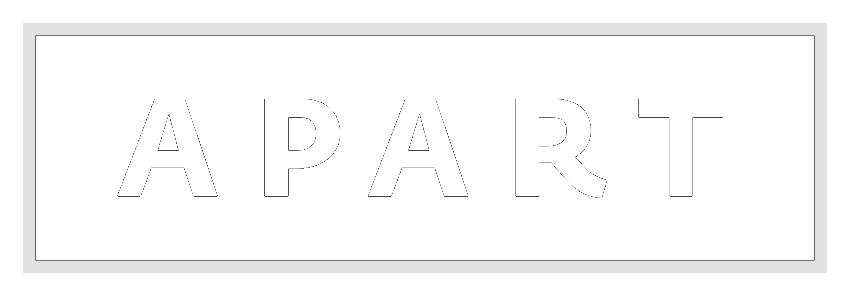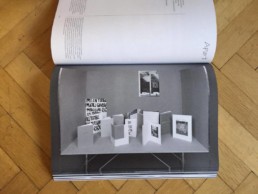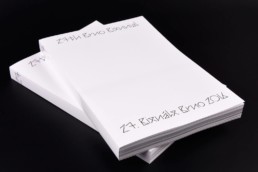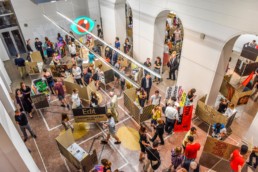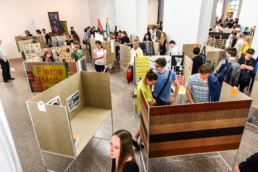Statement of the Selection Jury
In two long and intense days, from the morning hours until the evenings, we have studied carefully almost nine hundred entries. These viewings gave us plenty of interesting and telling insights into various forms of graphic design practice: a wonderful chance to see vast quantities of entries from diverse international contexts, comparing common themes, or recognising dramatically varying interests and cultural perspectives. We very much enjoyed it.
From a certain level of quality, the submitted works displayed a relative conceptual and formal homogeneity, and perhaps a distinct lack of the extreme, or, say, nonconformist and highly idiosyncratic positions – however surprising, or not surprising this may be. We would also have liked to include more projects from the commercial sector, as well as more projects with a time- or online-based character, or works that operate outside more conventional formats and media…
Overall, we saw our task in striking an interesting balance between established and emerging designers, concept-based works and projects with an emphasis on craft or experimentation. Yet in a climate of relative comparability, we sought out positions that have not been exposed to the public that much – instead of only already well-published design and designers – hence allowing alternatives and works from the margins to be seen. We also found it important to include submissions that highlight particular issues of current design practice that we wanted to put to the fore, i.e. the often anonymous work of in-house design teams, or fringe design that operates outside agreed formal codes.
The vast majority of our decisions were made unanimously, and we allowed good time for discussing crucial positions. As required, our choices were made in strong correspondence to this year’s decision by the organisers for a rather di erent exhibition concept and display, with all their new opportunities and occasional limitations. In this we faced an unusual and exciting process of selection – taking into account that the development of the nal exhibits in consistent displays is yet to come. Bearing the Brno Biennial visitors in mind, we were drawn in our selection to projects that could excel in such display environment. Now we are very curious and looking forward to the nal presentation.
We have tried to produce, through our selection, an insightful portrait of practice, celebrate its explorations and instigate discussion. In that, and in this short explanation of our procedure, we hope to both inspire and demystify graphic design and its evaluation.
Serge Rompza, Chair of the jury
Oliver Klimpel
Tereza Rullerová
Ľubica Segečová
Willi Schmid
